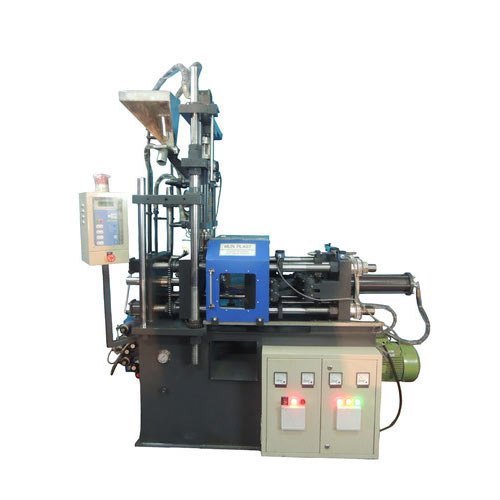
Vertical Injection Moulding Machines From a Molders Point of View
I have been in the field of Custom Vertical Injection Moulding Machines for about 21 years now as of the writing of this article. I am currently working as a Process Engineer. Which I have done for about 15 of my 20+ years in the field of injection molding. And I have primarily work for molders that were involve in the automotive field.
Plastic injection molding, by definition, is the process of injecting plastic into a mold (or mould in European circles). Cooling the plastic, ejecting it from the mold, and packing the finished product for sale to the customer. This sounds simple and in it’s basic form it is, but the process involve with making all this happen is actually quite complicate. Plastic can injected into the mold with low pressure. But typically is done under high pressure upwards of 30,000 PSI cavity pressure.
There are many diverse types of injection molding and as many different types of plastic injection molding machines to go with it. Some of the more common types of plastic molding are standard mold injection. Insert molding, plastic extrusion, blow molding, multi-color or material molding, stack molding, and rotary molding just to name a few. There are custom plastics as well, from common every day plastic resins to the more exotic engineering grade resins used in most automobiles today. Are even injection molding grade “metals” being experiment with and use these days.
There are many types of injection molding machines all made for specific purposes. There are the standard horizontal injection molding machines. Which range in size from a few tons all the way up to 9000 tons and more. You could drive car between the platens of a press that large. Vertical injection molding machines are often use for insert molding (although this can also be done horizontally). And share a common cover with two ejection halves of the mold. This allows for de-molding and loading of inserts in one half, while the other half is producing the next shot of parts.
There are also two and three shot injection molding machines for producing multi-color or multi-material parts. Such as lenses for tail lights and gear shift knobs with hard plastic inner core and a soft vinyl out covering. The newest machines are “all electric versions” which stray from the standard hydraulic injection machines used now for years. These injection molding machines are much more efficient and repeatable then their hydraulic cousins are. Common injection molding machine manufacturers are Toshiba, Husk. Cincinnati, DeMaag, Engel, Nissei, UBE, Arburg and Boy, just to name a few.
